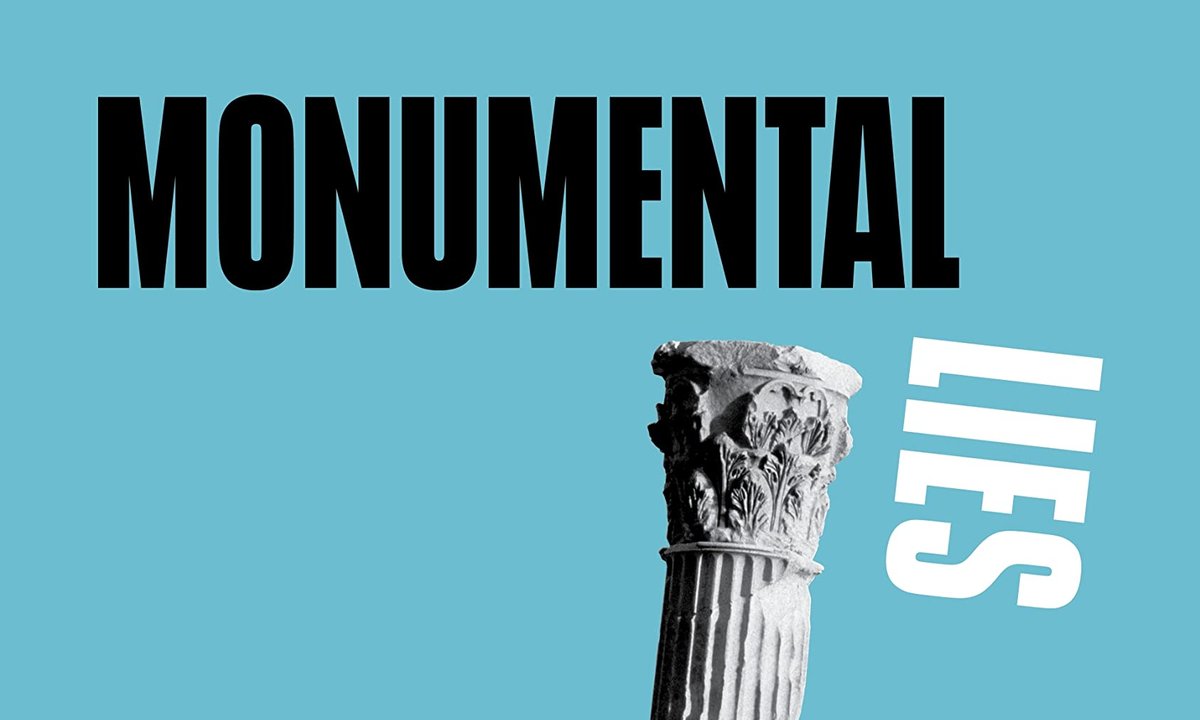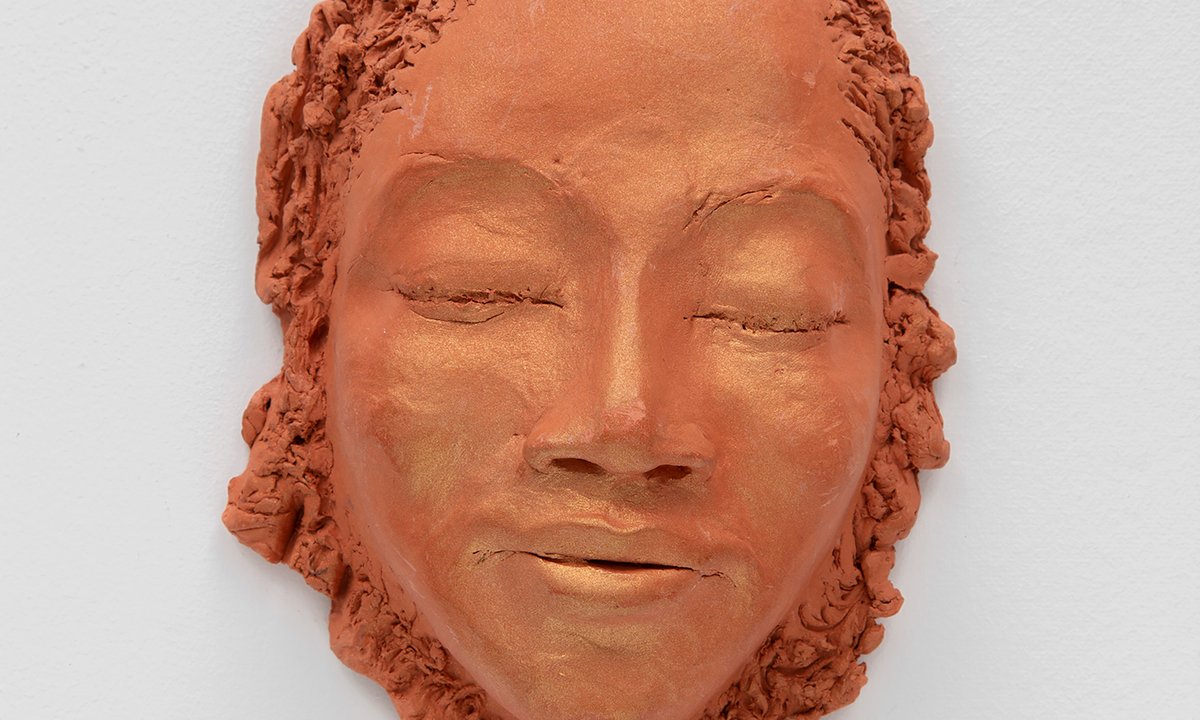Barely a week goes by without disputes arising over contested heritage, from torn-down statues and monuments to slave traders and colonisers, from the removal of imperial British buildings and the reclaiming of mosques in Hindu-nationalist India to the fetishising of pastiche “new Pimlicos” in defiance of contemporary architecture in the UK.
Robert Bevan’s book attempts to grapple with our built environment, particularly its historical edifices and monuments, and the truths and untruths embodied in them. He is well placed to take us through our cities and their meanings: an architecture critic, he is also a member of the International Council on Monuments and Sites (Icomos) and the Blue Shield, which focuses on heritage in crisis. And crisis feels an apt word to describe where we are with his topic—citing Eric Hobsbawm, Bevan suggests this era may be one of “permanent catastrophe”. As much as it is a globe-trotting guide to contested sites, dubious historical restorations and harrowing heritage destruction, Monumental Lies is a rogues gallery of bad actors among recent and present governments, associated think-tanks and public figures.
It is published by Verso, the imprint of New Left Books, so inevitably Bevan approaches his subject from that political territory, surveying the ruinous attitudes and policies of a host of populist and right-wing governments. But a book on cultural patrimony and historical architecture from Bevan’s perspective is necessary. “It is one of the great cultural tragedies of the past half century that the Left has ceded the heritage narrative to conservatives,” he writes.
But Monumental Lies is not an indulgent diatribe against heritage reactionaries and upholders of the varnished status quo. It is a searching and wide-ranging survey of the tangible world that argues for the primacy of historical materialism and the evidence provided by the built environment, as opposed to what he describes as “the more unreliable and problematic idea of memory”. As much as it takes against delusional nationalist narratives and bad-faith “retain and explain” policies in relation to contested monuments, it cautions against the systematic sweeping away of shrines to evil-doers, and questions the reliance on well-meaning myths and notions of collective symbols in commemoration.
Bevan puts lie to the charming story that Warsaw was reconstructed after the paintings of Bernardo Bellotto
While avoiding the false equivalence and both-sides-ism that he rightly suggests allow governments to exploit the post-truth environment, Bevan still manages to add nuance and acknowledge complexity when addressing subjects often characterised by the shrillest debate. But some of his best writing concerns less immediately topical territory. He is good, for instance, on how heritage reconstruction in major cities like Dresden and Warsaw, though seemingly benign, can be instrumentalised for myth-building. He puts the lie to the charming story that Warsaw was reconstructed after the paintings of Bernardo Bellotto; rather, he convincingly argues, it accorded with Soviet-regime politics. A similar narrative-building through reconstruction continues there and elsewhere in post-communist Europe by “ideologies hostile to difference and which prioritise simple, mythic pasts over messily complex presents”.
Incorporating the scars
He criticises the way that the reconstruction of the Mostar Bridge, that emblem of ravages of the Bosnian war, has been made a Unesco World Heritage Site, even though it is only partially reconstructed from the old stones. He also details the facsimile of Crematorium I at Auschwitz, not in the place where the original stood, and with no clear signage to indicate this fact, and the way that Holocaust deniers have leapt on details of the facsimile to make their disgraceful points. What Bevan argues for, rather than fakes and fudges, is a built environment that incorporates “the scars” of “past traumas”, and in doing so acknowledges the human cost that accompanies ruins. In doing so, it would accord with the 1964 Venice Charter for the Conservation and Restoration of Monuments and Sites, in which tangible material as evidence was the key tenet, and inauthentic reconstruction “tantamount to fakery”, he writes. Among the buildings he praises for their honesty in this respect are the collaged reconstructions of Munich’s Alte Pinakothek by Hans Döllgast, and David Chipperfield’s work on Berlin’s Neues Museum. Rather than retain and explain, he suggests, let’s retain and transform.
The same applies to the statues and monuments that have ignited such fierce debate. Here, Bevan calls for “subversive transformation”. As best practice he cites Arnold Holzknecht and Michele Bernardi’s intervention in a fascist frieze in Bolzano in northern Italy. The frieze remains, but embedded in it are the LED-lit words of Hannah Arendt: “No One Has the Right to Obey”. He uses German phrases to make his point: an Ehrenmal, a monument meant to commemorate, has become a Mahnmal, its features intact but scarred. Bevan’s “subversive transformation” would allow us to “layer our monuments and our city” and turn places of undeserving honour into “sites of shame”, changing their meaning without obliterating the evidence they provide from the public realm.
• Robert Bevan, Monumental Lies: Culture Wars and the Truth about the Past, Verso, 384pp, £20 (hb), published 11 October 2022
• Ben Luke is a contributing editor and podcast host at The Art Newspaper



